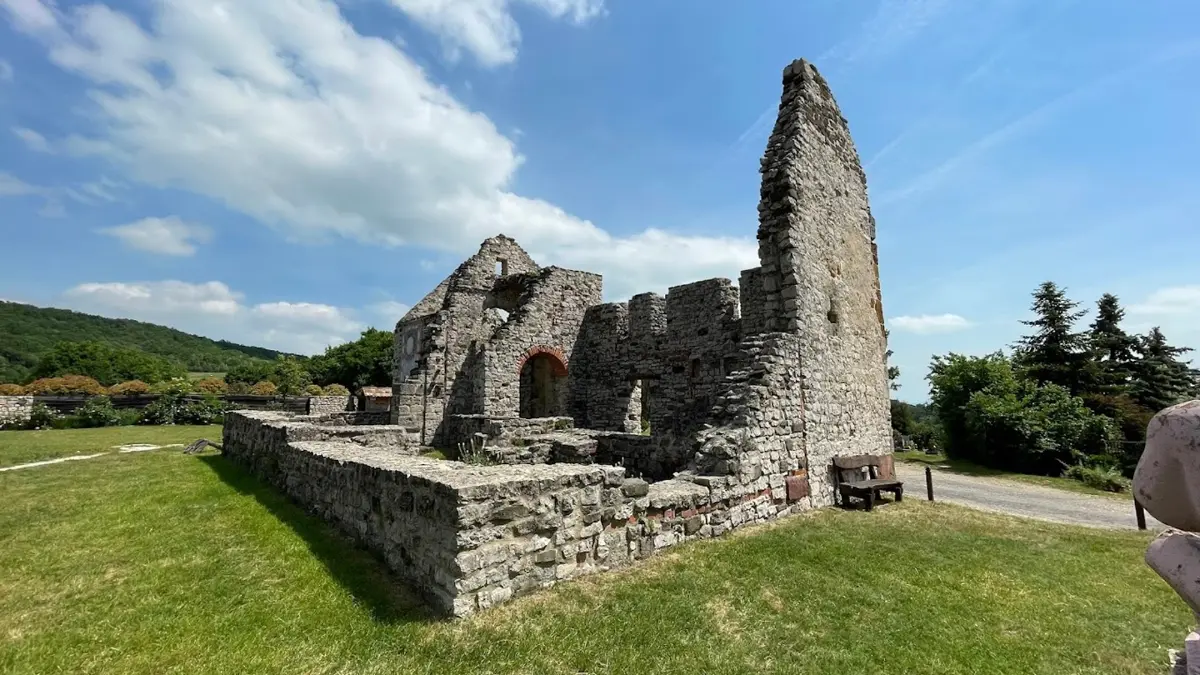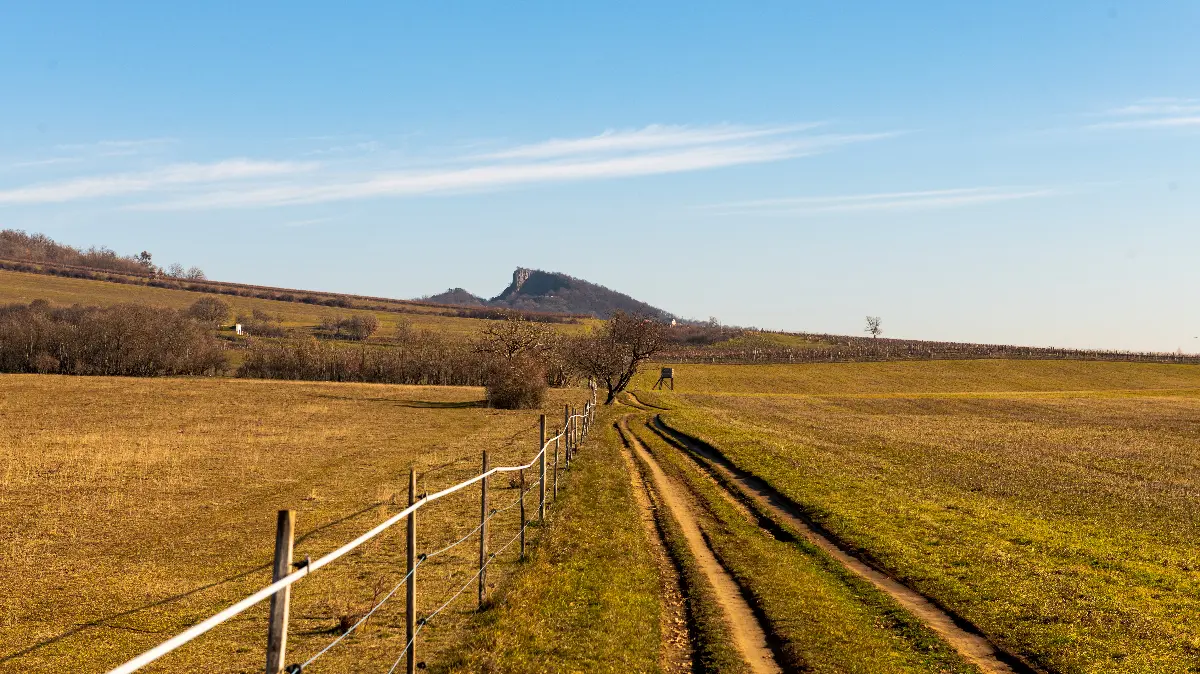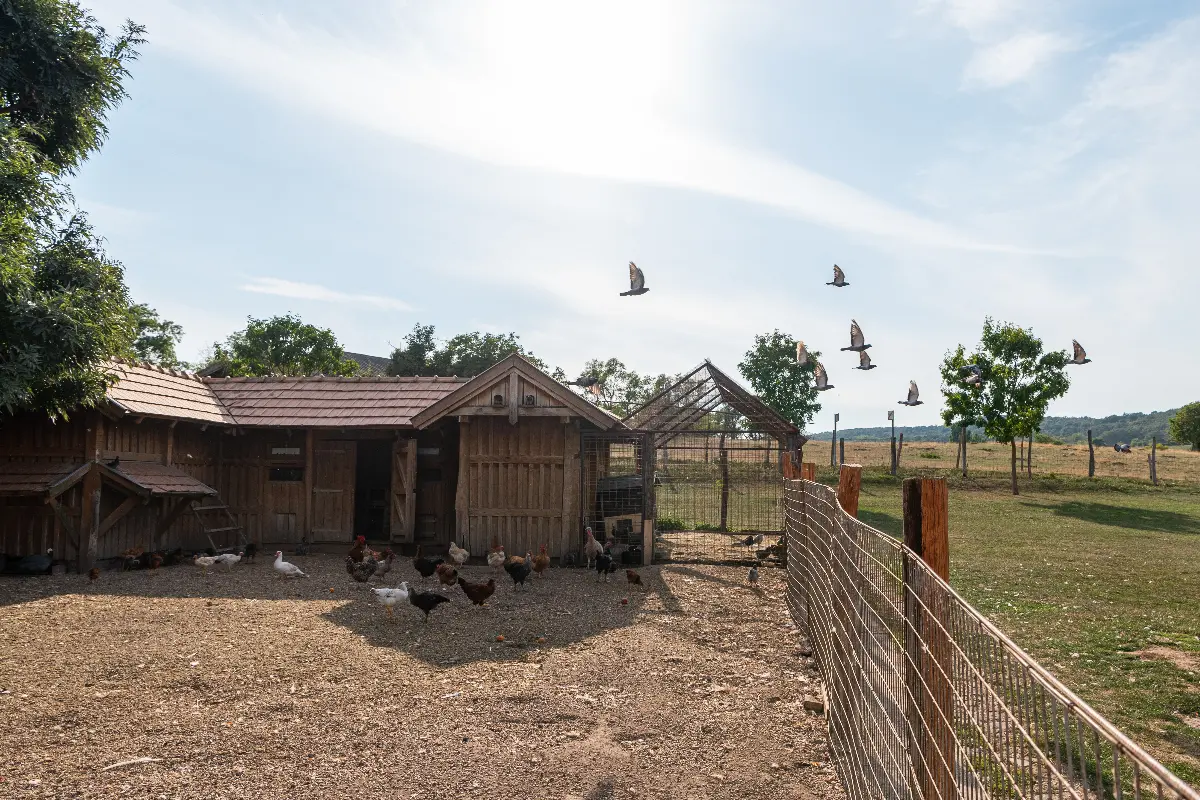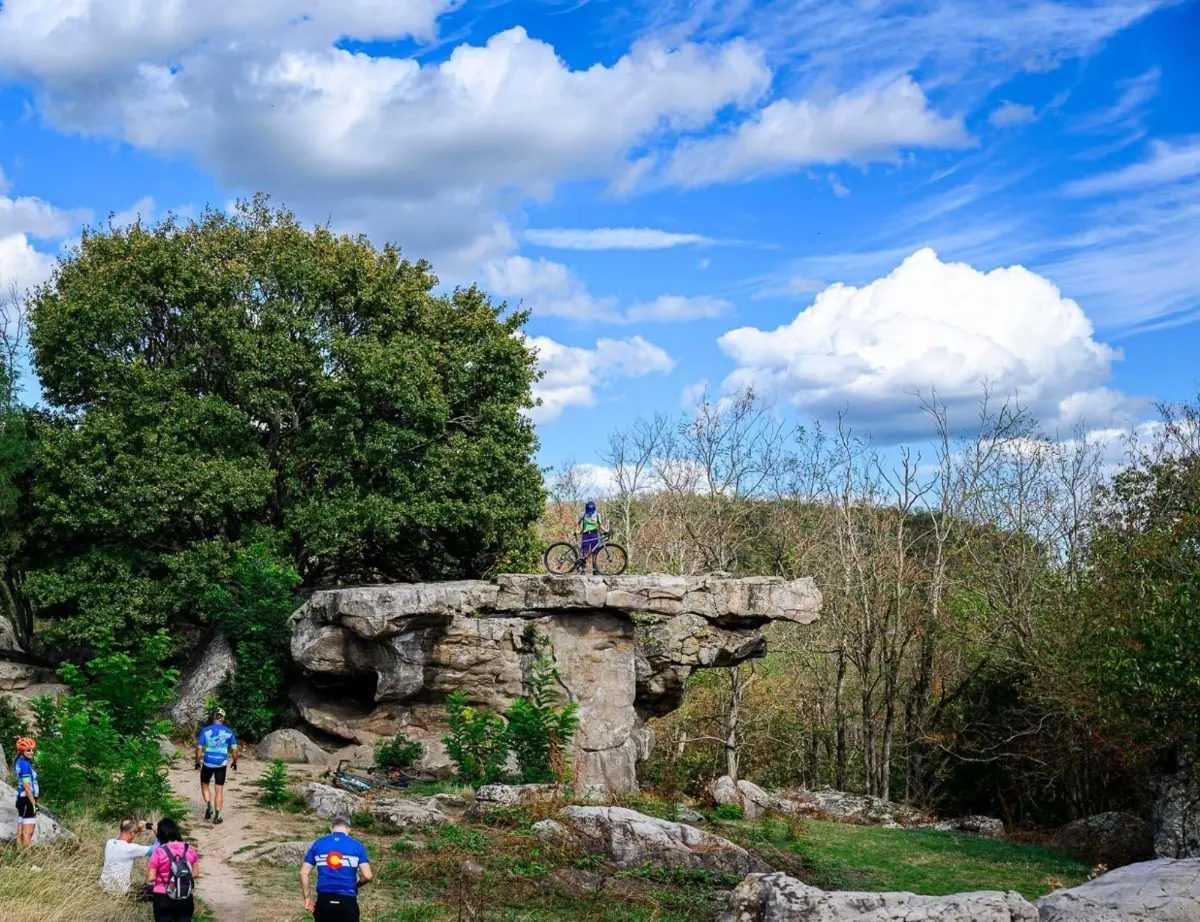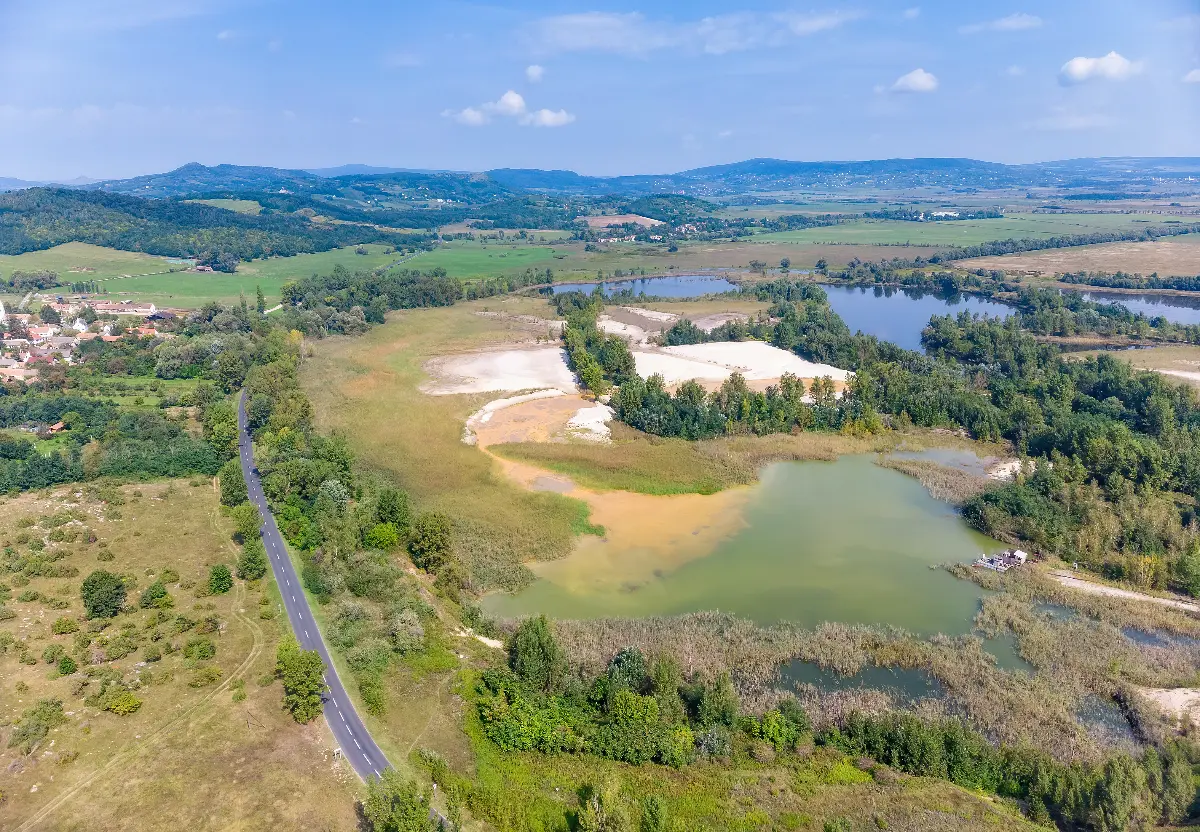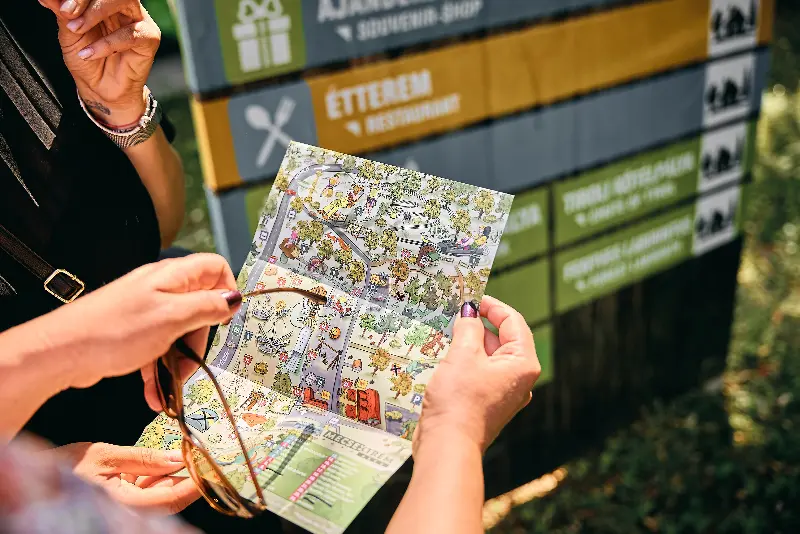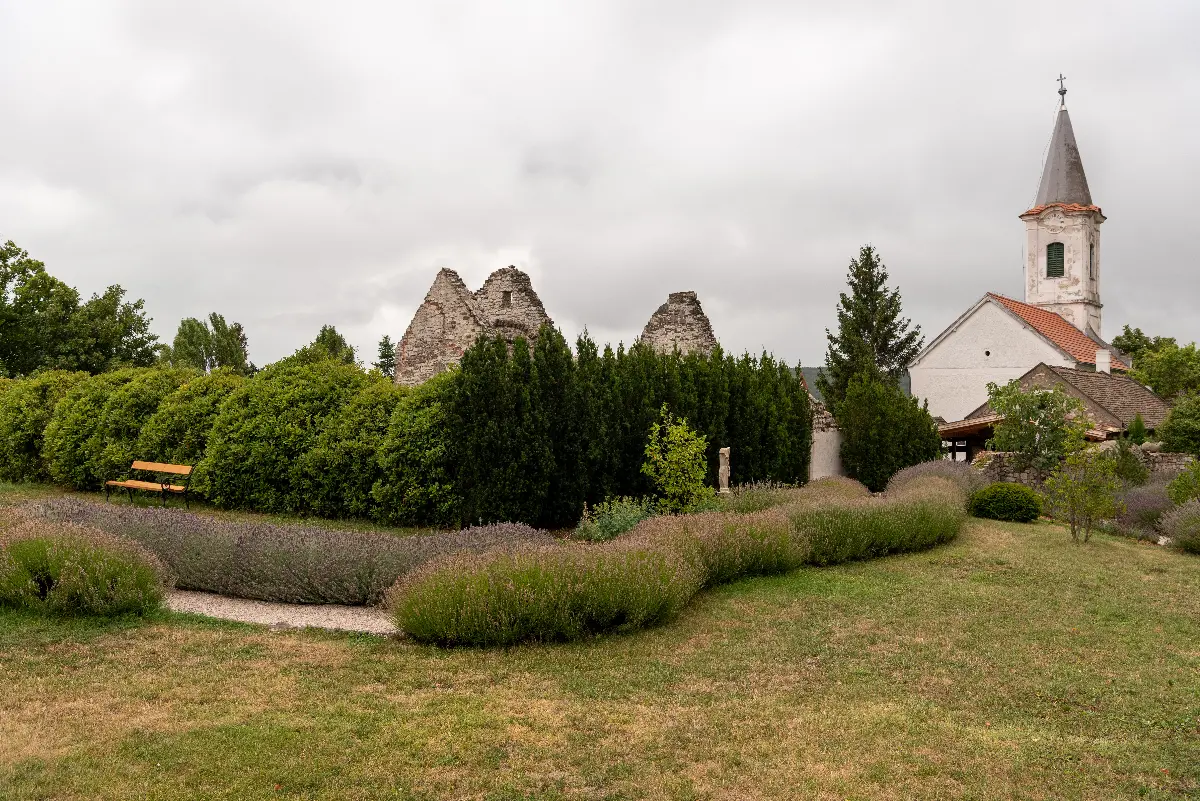
Helyszín címkék:
Autumn recharge at the foot of the Witness Hills: 5 unmissable attractions in the Káli Basin
Csiki Judit
In its narrow sense, Káli Basin is made up of the villages of Köveskál, Kővágóörs, Kékkút, Mindszentkálla, Szentbékkálla and Salföld, but the wider area is also worth exploring when you visit it. Some say that the magic of the place is due to the fact that it lies at the meeting point of mysterious energy lines in the Káli Basin, while others say that the secret is simply the tranquillity, the special natural environment and, of course, the kindness of the people who live here. Whoever is right, it is certain that anyone who visits the Káli Basin for even a single day will return again. But what activities are on offer in this wonderful place?
Actively in the autumn, too
Lovers of active travelling will find wonders here. Exploring the fairytale villages on a bicycle is a particularly enjoyable experience, and with the exception of minor climbs and descents, there is no significant difference in elevation – the only exception being the steep climb up the Hegyestű. On the way, it is worth stopping at the Theodora spring in Kékkút, where you can refresh yourself with the mineral water of Kékkút, once said to have been the favourite drink of Byzantine Empress Theodora. Between the ‘gingerbread’ houses, it is worth visiting the local restaurants and wine bars, where gastronomic experiences, delicious snacks and fine wines await you.
But for those who prefer the saddle of a horse to a bicycle, Salföld and the Nature Reserve Townland will be a favourite destination. In addition to the presentation of indigenous Hungarian animal breeds (such as the racka ewe, the grey cattle or the mangalica pig), the townland also has a herb and medicinal herb garden, a petting zoo, together with horse riding and horse-drawn carriage rides.
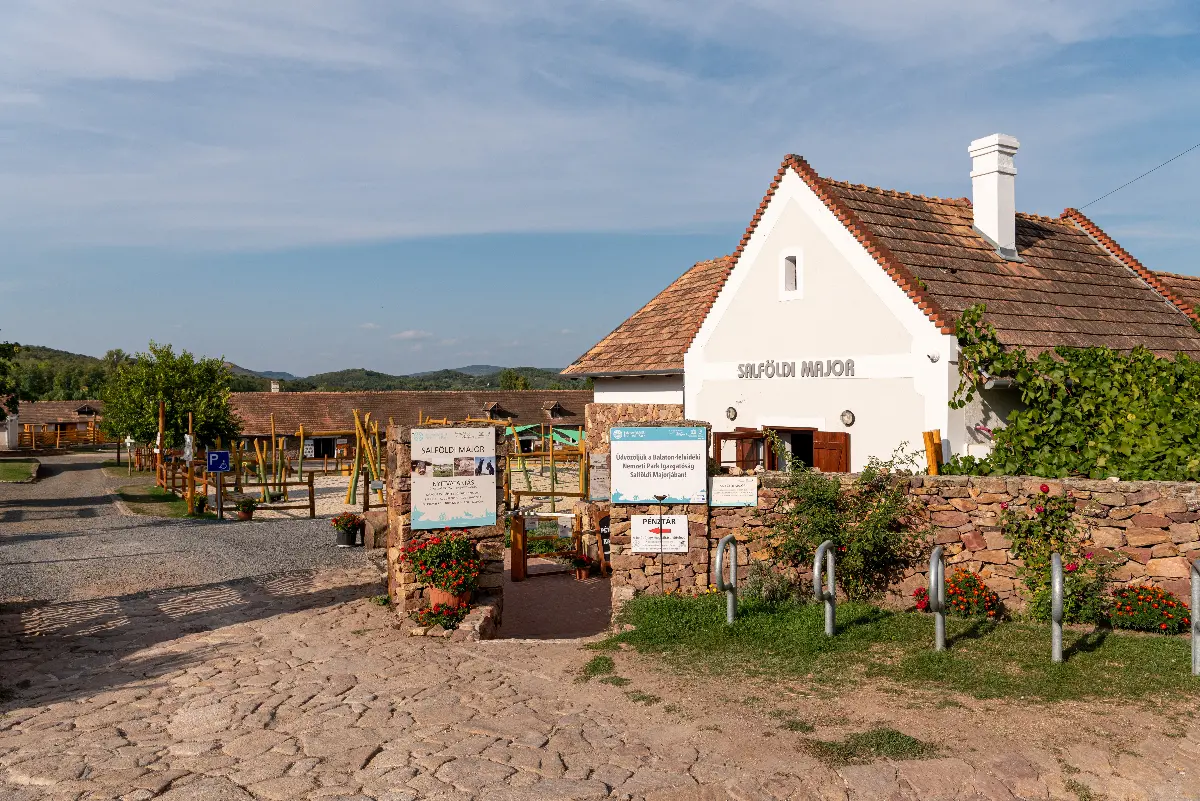
Human comedy sculpture group near the Kornyi Lake
You can also explore the area on foot from Kékkút along the Theodora-Kékkő educational pathway, which takes you along the entire Káli Basin. It is worth stopping at Kornyi Lake near Kővágóörs, where you can admire the beautiful colours of autumn nature and a man-made monument. From the top of the hill, 2-3 metre tall, human-like figures watch over the Káli Basin: These strange sentinels are part of Imre Veszprémi’s steel and limestone sculpture group named Human Comedy.
Remnants of the Pannonian Sea: the Stone Sea of Szentbékkálla
From the charming village of Szentbékkálla, you can walk up to one of the most popular hiking spots in the Káli Basin, the Stone Sea of Szentbékkálla. The stones, formed from sand deposited in the Pannonian Sea, form a spectacular sandstone formation. You can walk among them or even climb on them. And the huge pendulum stone at the centre of the sea of stones, the Kelemen stone, can even be swinged. The top stone bench of the huge pendulum stone rests on only 3 points on the stones lying underneath, so the weight of a few people can cause it to tilt slightly. Both the National Blue Trail and the Theodora-Kékkő Educational Pathway lead this way.
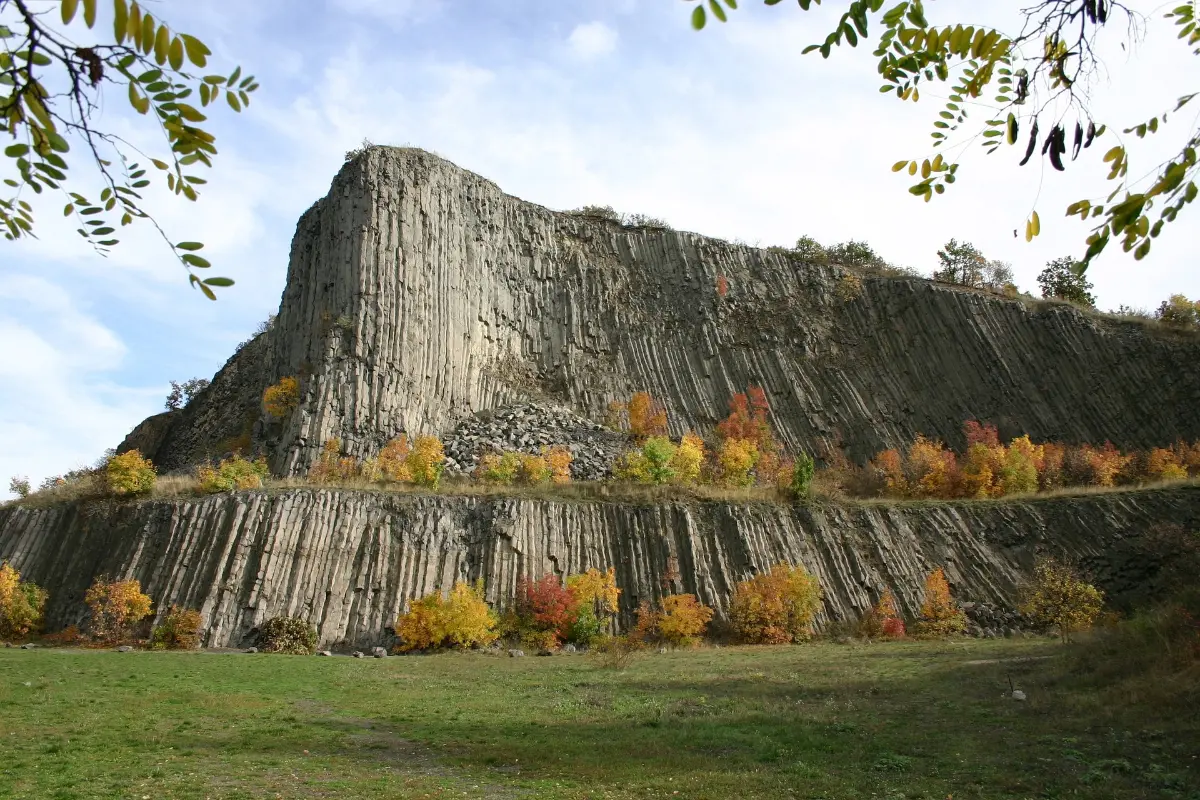
An unearthly landscape with a wonderful panorama: Hegyestű Geological Visitor Site
Between Zánka and Monoszló, you will find the unearthly-looking Hegyestű Geological Visitor Site, which is unique in that you can practically walk inside a collapsed volcano. It is not just the spectacular basalt columns that are worth a visit, but also the exhibition and the open-air stone gallery. It is worth walking up to the top, because from here, you can see the whole Káli Basin, including also the surrounding mountains.
In search of church ruins
There are several medieval church ruins around the villages of the Káli Basin – it is worth taking a church tour of the area, which includes several settlements. We can visit, for example, the ruins of the Pauline monastery of Salföld – which, according to the descriptions, may have fallen victim to the Turkish conquest –, the 12th-century ruins of the church of Ecsér on the outskirts of Kővágóörs, or Dörgicse, where we can find the ruins of three churches dating back to the 12th and 13th centuries. Szentbékkála is worth visiting not only for the Stone Sea, but also for the palace ruins of Veléte, which in the 14th century was probably the palace of the Bishop of Veszprém, and according to other sources, the hunting lodge of the wife of King Endre III.
